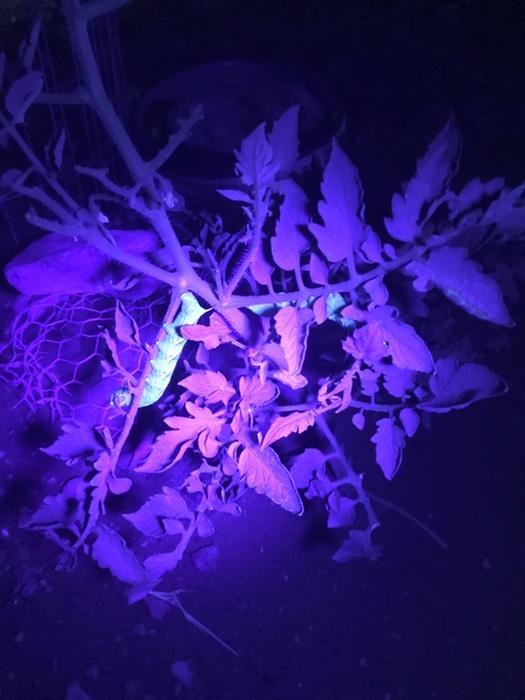





 2
2




 1
1




Denise said, " Does anyone know what eats the leaves as I thought they are poisonous - like tomato leaves and other nightshade leaves (also like rhubarb)?? I am also losing my tomatoes and their leaves are being chewed off/eaten up by something.
Invasive plants are Earth's way of insisting we notice her medicines. Stephen Herrod Buhner
Everyone learns what works by learning what doesn't work. Stephen Herrod Buhner
 2
2




 2
2




"When the whole world is running towards a cliff, he who is running in the opposite direction appears to have lost his mind." C.S. Lewis
Visit https://themaineingredient.com for organic, premium dried culinary herbs that are grown, processed, and packaged in the USA.
 1
1




Nothing ruins a neighborhood like paved roads and water lines.

 3
3




Desert night-blooming cereus plants usually occur as widely-separated individuals, and the flowers are not self-fertile. The flowers are cross-pollinated by hawk moths (Sphingidae) which fly hundreds of yards between plants in their search for the nectar reward. The cactus fruit turns red when ripe, attracting birds that eat the pulp and disperse the seeds in their droppings. The root is used medicinally to treat diabetes and other maladies.
This cactus is a desert version of the canary in the coal mine, an early warning that something is wrong in the ecosystem. Where pesticides are heavily used in agricultural areas adjacent to natural habitat, the hawkmoth populations are devastated and most of the flowers fail to fruit. This is an example of chemical habitat fragmentation; the habitat appears to be intact, but some of its ecological processes have been destroyed or degraded.

Be joyful, though you have considered all the facts. ~Wendell Berry
 1
1




 1
1





|
What are you saying? I thought you said that Santa gave you that. And this tiny ad:
The new purple deck of permaculture playing cards
https://www.kickstarter.com/projects/paulwheaton/garden-cards
|







